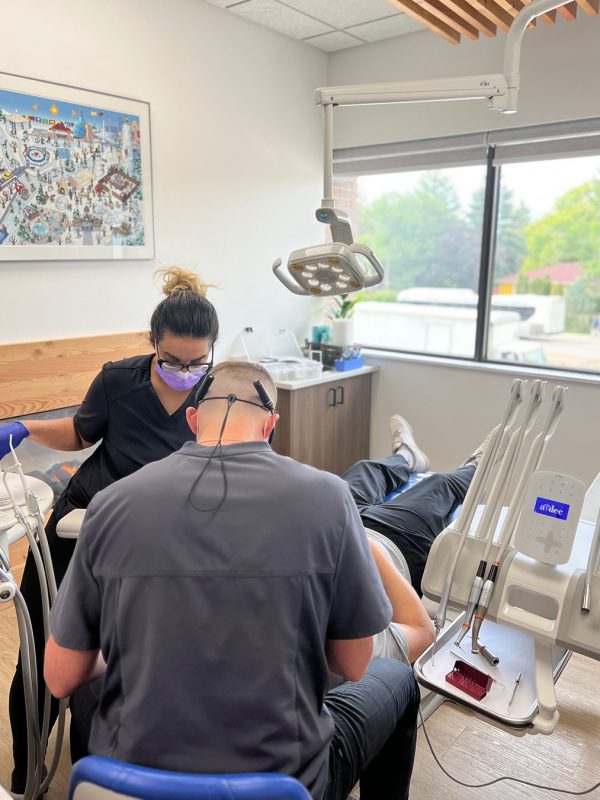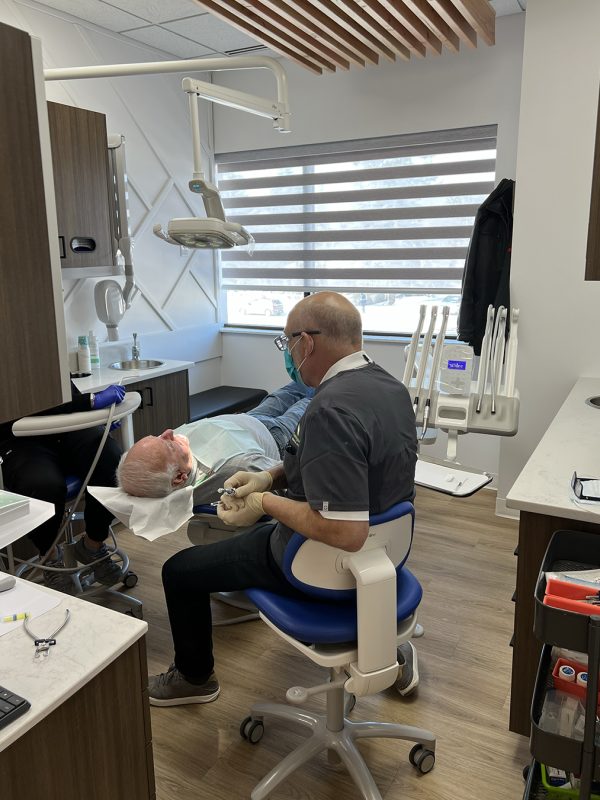Maintaining optimal dental health is crucial for overall well-being, yet many individuals are unaware of the potential threats to their teeth. One such concern is dental decalcification, a condition that can lead to significant damage if not addressed promptly. Recent statistics indicate that nearly 21% of adults aged 20 to 64 years have at least one untreated cavity, which can be a precursor to dental decalcification.
Additionally, about 50% of children aged 6 to 9 years have experienced cavities in their primary or permanent teeth, highlighting the widespread nature of this issue. In this article, we will explore essential insights into dental decalcification, including its early signs, causes, and effective prevention strategies. By understanding what dental decalcification is and how to safeguard your teeth, you can take proactive steps to take good care of your overall oral health.
Table of Contents:
- What Is Dental Decalcification?
- Early Signs of Dental Decalcification
- Causes of Dental Decalcification
- How to Prevent Dental Decalcification
- Conclusion
What Is Dental Decalcification?
Dental decalcification refers to the loss of calcium and minerals from the tooth enamel, which can weaken the structure of the teeth and make them more susceptible to decay. This process often occurs when the pH balance in the mouth is disrupted, leading to an acidic environment that erodes the enamel. Factors such as poor oral hygiene, high sugar intake, and certain medical conditions can contribute to this condition. Imagine the enamel as the shield for your teeth; when it loses its strength, your teeth are left exposed to potential harm. Over time, if preventive measures aren’t taken, this can compromise the overall health and appearance of your teeth.
Early Signs of Dental Decalcification
One of the first signs of dental decalcification is the appearance of white or chalky spots on the surface of your teeth. These spots may look like harmless blemishes, but they indicate that the enamel is losing its protective minerals. At this stage, the damage can often be reversed with proper care. However, ignoring these early warning signs can lead to more serious issues like cavities, tooth sensitivity, and even discoloration. Therefore, it’s crucial to pay attention to any changes in the appearance of your teeth and consult with a dentist if you notice any white spots.
Causes of Dental Decalcification
Several factors contribute to dental decalcification, including dietary habits, medical conditions, and oral hygiene practices.
Dietary Factors
Your diet plays a significant role in the health of your teeth. Certain foods and drinks can either protect your enamel or contribute to its erosion.
- Sugary Foods and Beverages: Sugary snacks and drinks, such as candy, cookies, and soda, are one of the biggest enemies of enamel. Bacteria in your mouth feed on sugars, producing acids as a byproduct. These acids then attack the enamel, dissolving its mineral content over time. The longer sweet residues remain on your teeth, the more damage they cause.
- Acidic Foods and Drinks: Citrus fruits, sodas, sports drinks, and even certain fruit juices are high in acids, which can directly erode the enamel. While these foods may be healthy or refreshing, excessive consumption without proper oral care increases your risk of enamel demineralization.
Orthodontic Appliances
While braces and retainers are essential for aligning teeth, they can complicate oral hygiene. These appliances often create small nooks and crannies where plaque can hide and accumulate. Cleaning around brackets and wires can be tricky, even with specialized tools. If plaque is not thoroughly removed, the acids it produces will linger on the teeth, particularly around the brackets, leading to decalcification. This is why individuals with braces are often advised to be extra vigilant with their oral hygiene routine, using tools like interdental brushes and floss threaders to clean effectively.
Lack of Fluoride
Fluoride is a natural mineral that plays a critical role in maintaining strong enamel. It helps to rebuild weakened enamel by remineralizing it and reversing early signs of decalcification. When fluoride is absent from your daily routine—whether through drinking water, toothpaste, or mouth rinses—your enamel is left without one of its key protective agents. This increases the risk of mineral loss, making your teeth more prone to decay and white spots. Fluoride is often added to community water supplies, but if you have low fluoride levels in your water, you may consider using fluoride toothpaste and mouthwash.
Medical Conditions
Saliva serves as your mouth’s natural defense mechanism. It helps wash away food particles, neutralize harmful acids, and provide minerals that strengthen enamel. Conditions like dry mouth (xerostomia) or diseases, such as Sjögren’s syndrome, reduce saliva production, leaving your teeth more vulnerable to acid attacks. Medications like antihistamines, antidepressants, and blood pressure drugs can also contribute to dry mouth, compounding the problem. Without sufficient saliva, the balance in your mouth shifts, creating an ideal environment for decalcification to occur.
Poor Oral Hygiene
Poor oral hygiene exacerbates the effects of plaque. If you skip brushing or flossing, plaque remains on your teeth for longer periods, giving bacteria more time to produce enamel-eroding acids. Over time, this creates the perfect environment for decalcification to occur. Neglecting regular dental check-ups can also contribute, as early signs of decalcification may go unnoticed. Without professional cleaning and monitoring, plaque can harden into tartar, which is even more difficult to remove and accelerates the decay process.
How to Prevent Dental Decalcification
Prevention is key when it comes to dental health. By adopting the right habits and making small changes in your daily routine, you can protect your enamel and keep your teeth strong and healthy. Here’s how you can effectively prevent dental decalcification:
- Practice excellent oral hygiene: Brush twice daily with fluoride toothpaste, using gentle circular motions. Don’t forget to floss to remove plaque from between your teeth.
- Utilize fluoride: Incorporate fluoride into your daily routine through fluoride toothpaste, mouthwash, and consider professional fluoride treatments as recommended by your dentist.
- Adjust your diet: Limit sugary and acidic foods and drinks. Increase calcium and vitamin D intake through dairy products, leafy greens, and fatty fish.
- Schedule regular dental check-ups: Professional cleanings remove plaque and tartar, and early detection of decalcification allows for prompt treatment. Your dentist can provide personalized advice on improving your oral health.
Conclusion
In conclusion, understanding what dental decalcification is and recognizing its early signs are essential steps in maintaining your oral health. By adopting effective preventive measures, such as practicing good oral hygiene, utilizing fluoride, and making mindful dietary choices, you can significantly reduce your risk of enamel loss and protect your teeth from decay. Regular dental check-ups are also vital, as they allow for early detection and professional guidance tailored to your specific needs.
If you have concerns about your dental health or want to learn more about how to safeguard your teeth, we encourage you to schedule an appointment with us. Don’t wait—your dental health is too important to put off. The sooner you address any issues, the better your chances of maintaining a healthy smile for years to come.















